1 Acadia trees can warn each other of danger.
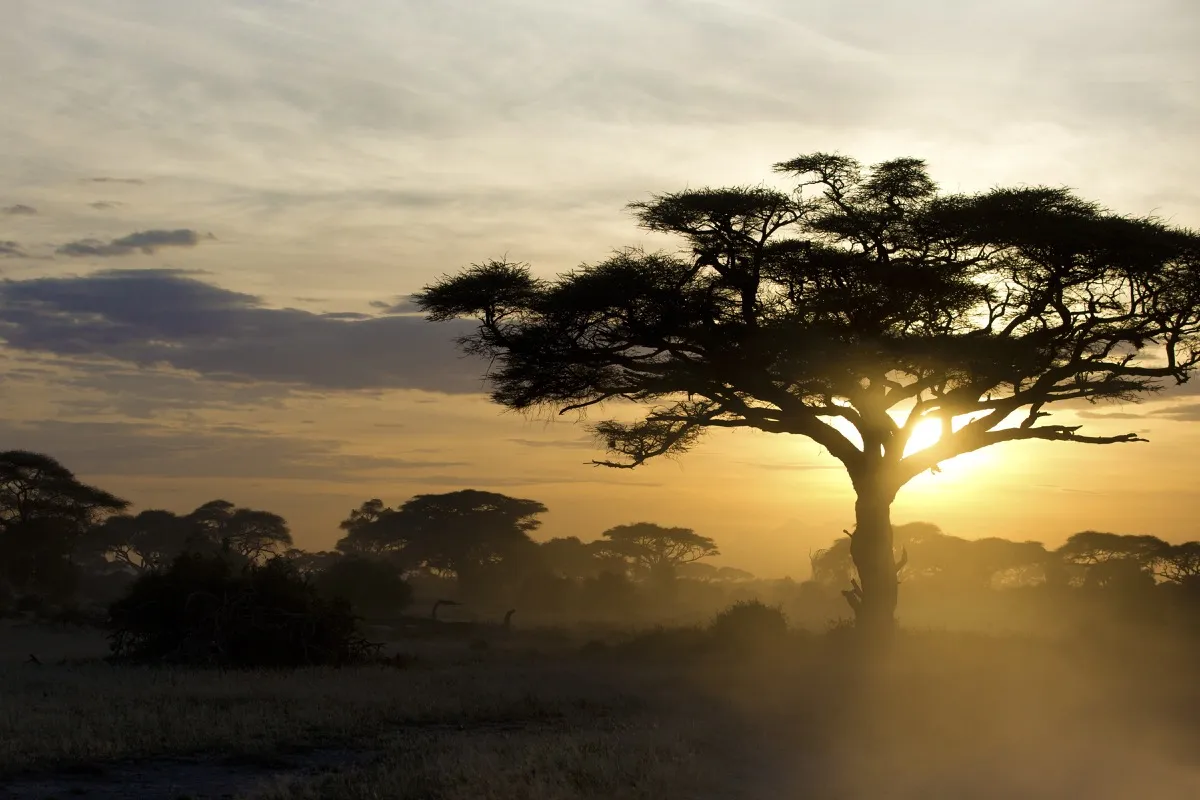
Arcadia trees, which grow all over the African savannah, have a unique defense system. When animals like antelopes start to gobble up its leaves, the tree increases tannin production to levels that are toxic to animals.
But that's not all. The tree then emits a cloud of ethylene gas that travels through the air, reaching other trees so they too can begin producing more tannins.
2Owls don't have eyeballs.
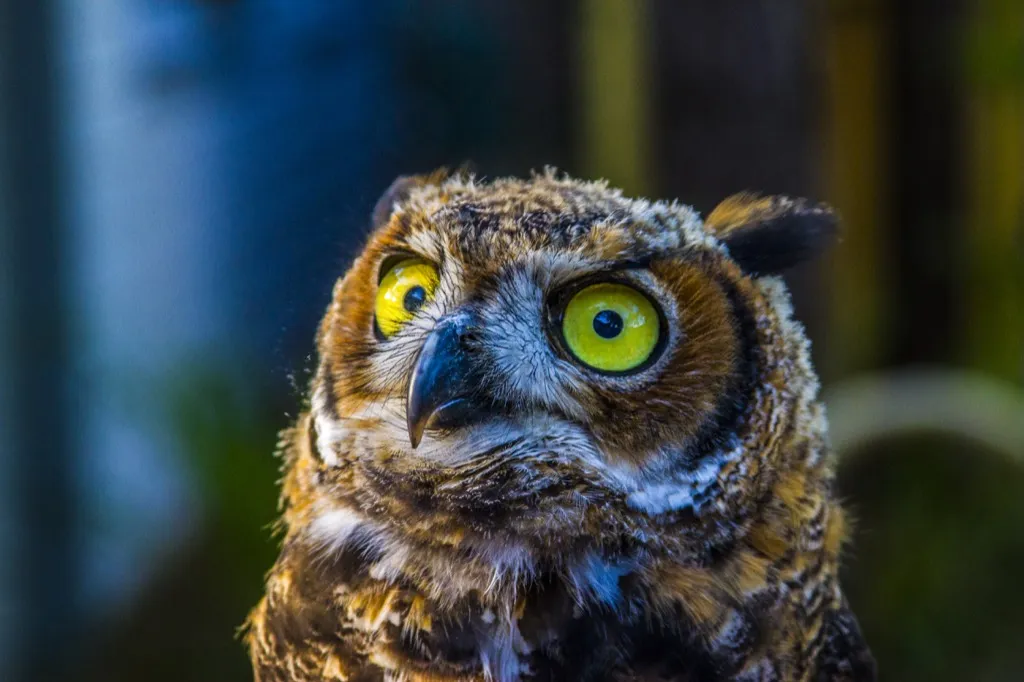
What they have instead are better described as eye tubes. Since they can't move these tubes back and forth, owls have developed incredible neck flexibility to be able to see the world around them. They can turn their heads a whopping 270 degrees, whereas humans can only manage about 180.
As a result, owls have a special blood vessel system in their heads to keep fresh blood circulating to the brain when a quick head turn cuts off circulation.
3In space, metal can weld on its own.

On Earth, you need heat to fuse metal, but in space, two pieces of the same kind of metal will fuse together with only a little pressure. The process is called cold welding, and it happens because of the lack of atmosphere.
4There are 28 kinds of "corpse flowers."
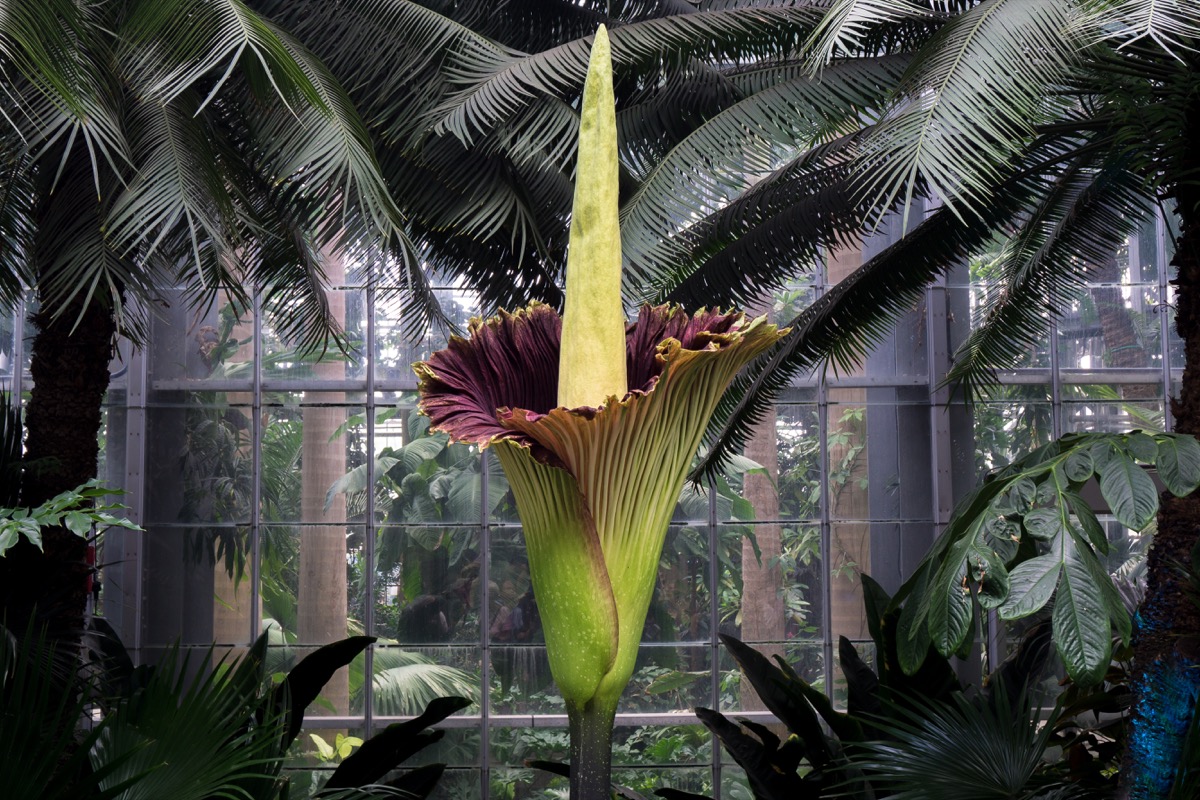
You might not know about the plant genus Rafflesia, but you may have heard about the "corpse flower," a rare type of jungle plant that attracts pollinating insects to its huge flowers by smelling like death and rot.
In fact, there are 28 distinct species of this rootless, leafless plant, with flowers varying in size from about 5 inches to 40 inches. Most of these flowers take six to nine months to grow and will begin to decay within a few days.
Fun fact: The Pokémon characters Vileplume and Gloom were inspired by this unusual flower.
5Baby giraffes use their butts as pillows.
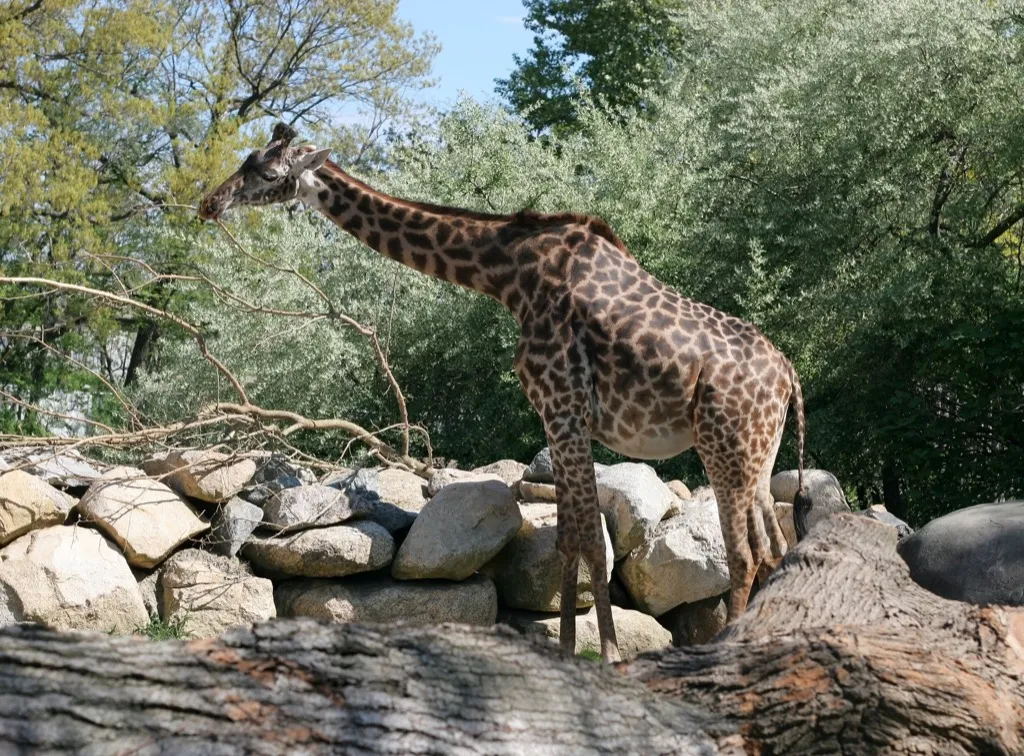
While adult giraffes usually sleep standing up, baby giraffes will get a bit more comfortable. They hunker down on the ground and take advantage of their extra-flexible necks, twisting around to plop their noggins on their own behinds. It doesn't look especially comfortable, but it sure does look cute!
6Heat is the deadliest weather condition.

Tornadoes, hurricanes, and flooding can devastate entire towns at once, but the weather condition that proves deadliest to humans is actually heat.
Looking at the numbers from the past 30 years, tornadoes caused an average of 70 deaths a year and flooding an average of 81, but heat caused an average of 130 deaths a year. If you don't have access to air conditioning or sufficient water, excessive heat can be deadly.
7Cows kill more people than shark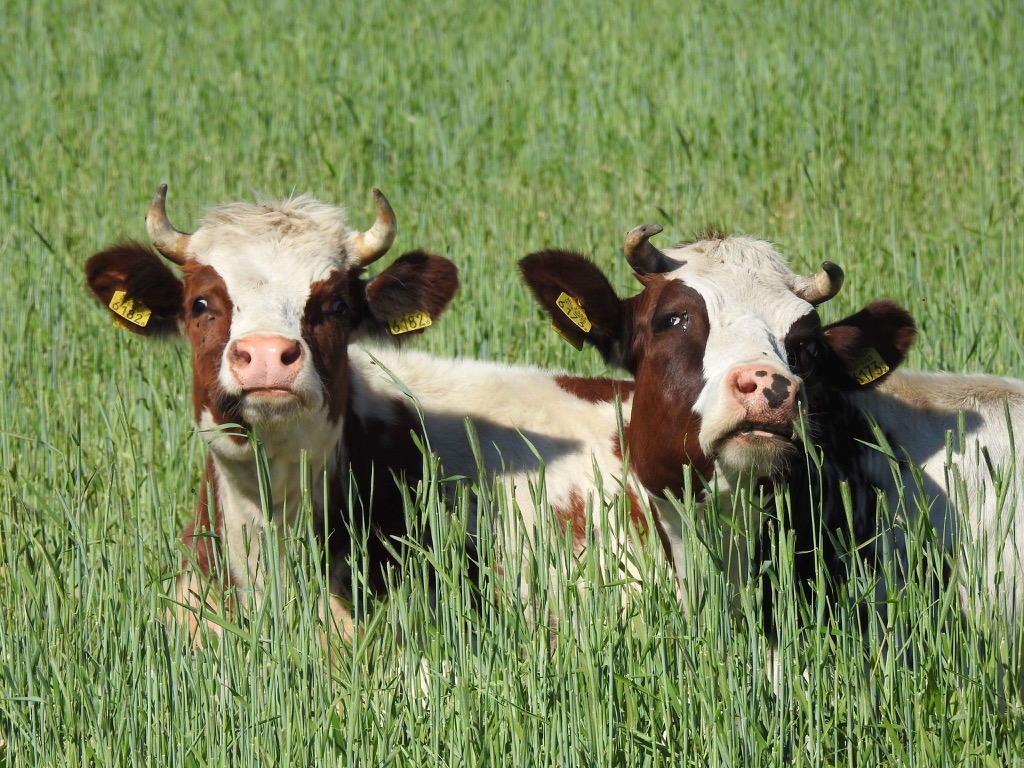

Turns out, Jaws really blew things out of proportion for sharks. According to the Center for Disease Control, sharks kill an average of four people per year, while cows kill an average of 22 annually. Though some are due to road accidents, 75 percent were premeditated attacks.
"What's really chilling is that, in five cases, people were killed by multiple cows in group attacks," one Gizmodo reporter wrote. "Group attacks can be surprisingly well-coordinated. When they're feeling defensive, cows will gather in a circle, all facing outwards, lowering their heads and stamping the ground. When they're feeling offensive, certain cows lead the charge."
8An extinct species of penguins was nearly 7-feet tall!
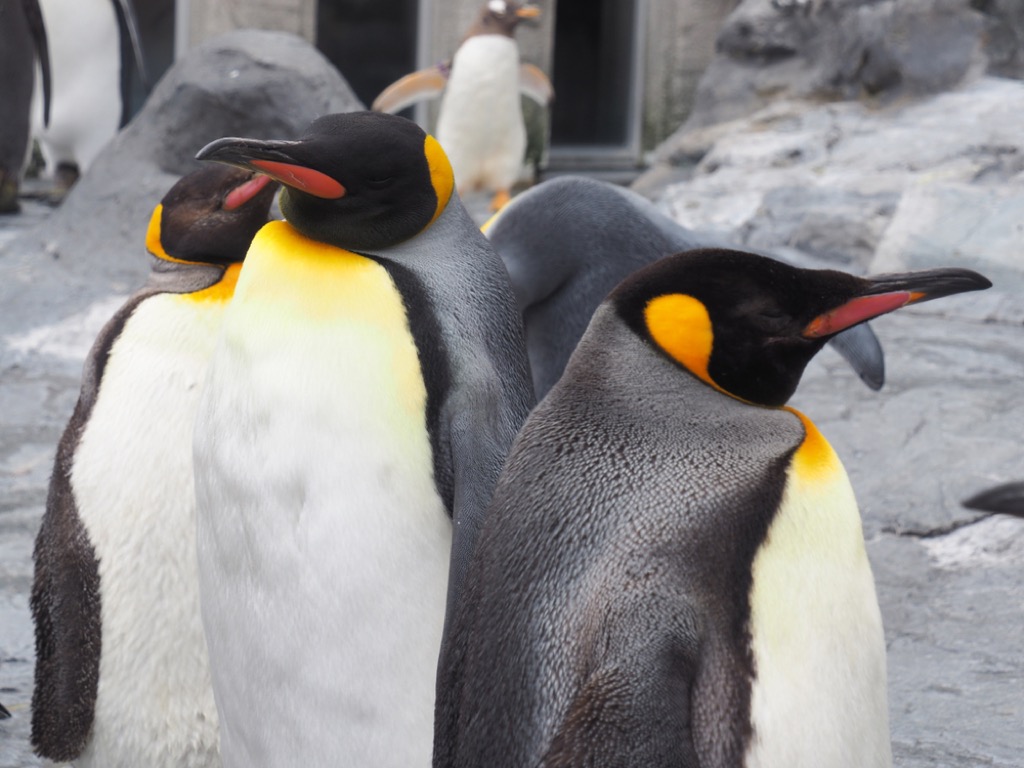
The biggest penguins around nowadays are emperor penguins, measuring a respectable 4 feet in height.
However, 37 million years ago, a species known as Palaeeudyptes klekowskii, or colossus penguins, roamed Antarctica. They weighed about 250 pounds and stood about 6 feet, 6 inches tall, which is the height of the average NBA player. Unfortunately, like modern penguins, these colossus penguins could neither fly nor, presumably, dunk. But it's still fun to imagine a penguin going one-on-one with LeBron James
9Goats have accents.
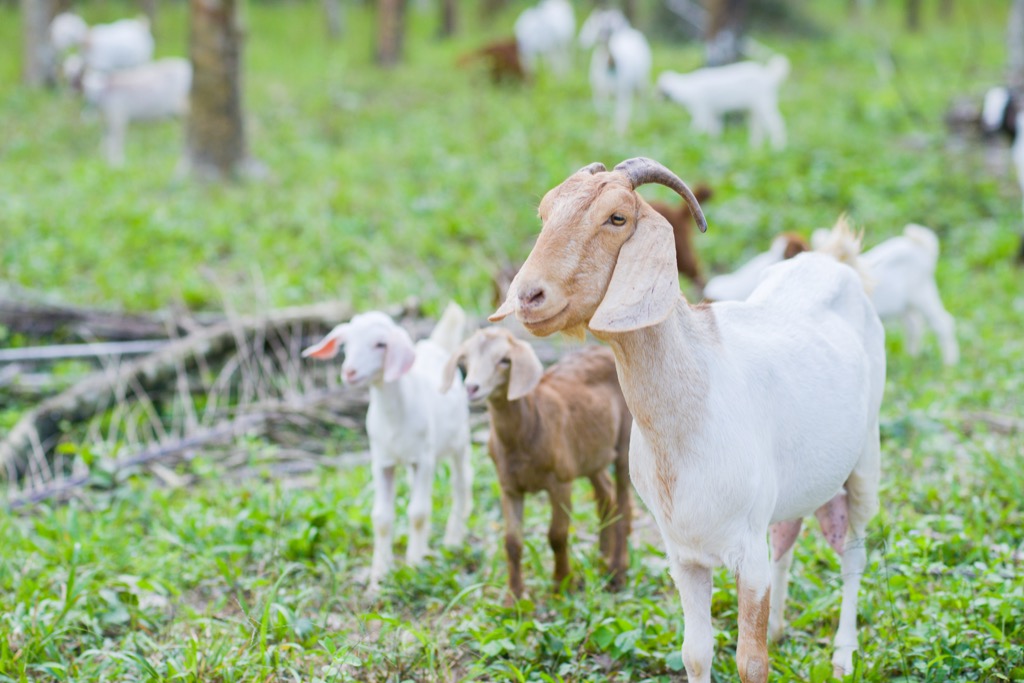
Researchers at Queen Mary University of London found that though goats don't have their own language, they do seem able to pick up accents from one another. You can listen to some of them here.
10There's a fungus that bleeds.
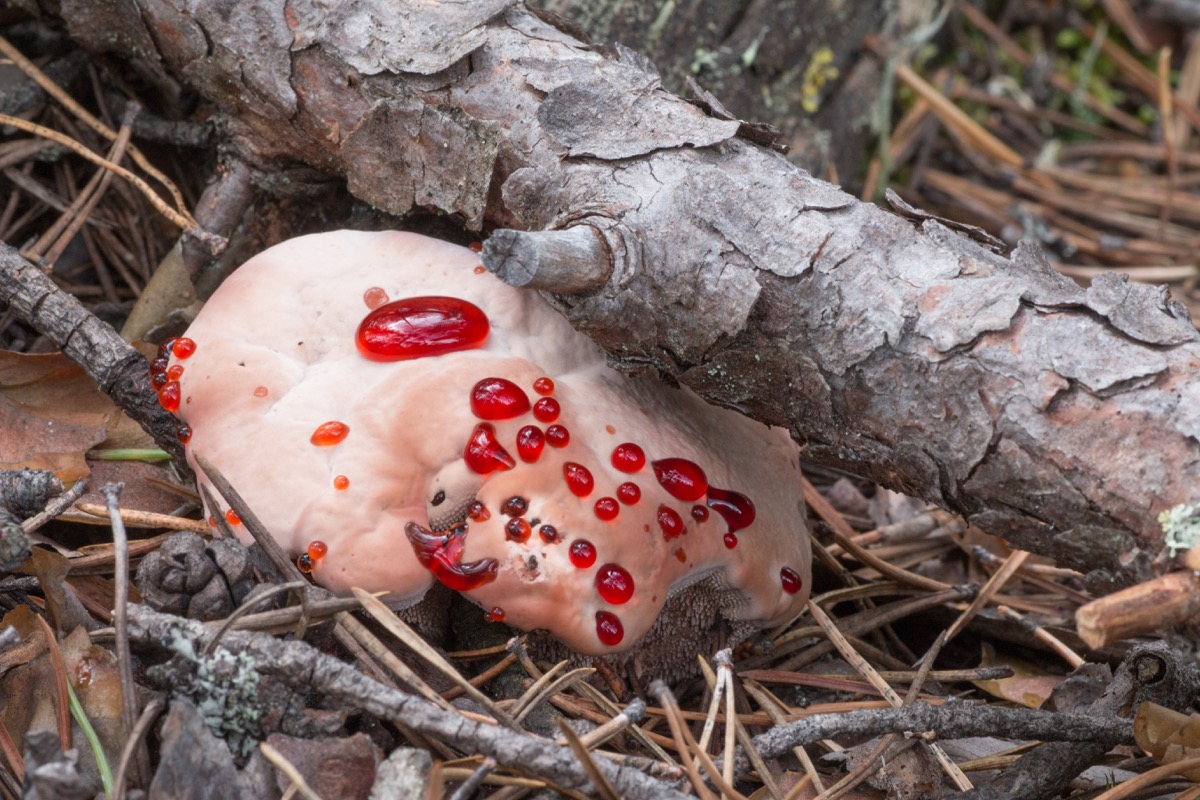
Found all across the United States, particularly in the Pacific Northwest, the mushroom Hydnellum peckii has a pretty unmistakable appearance, particularly when it's young.
This fungus exudes a thick, dark red sap across a white cap, earning it numerous nicknames, from "strawberries and cream," to "devil's tooth," to "bleeding tooth fungus." Fortunately, neither the fungus nor the sap are poisonous, but they're both said to be inedibly bitter. So we suggest staying away.




0 Comments